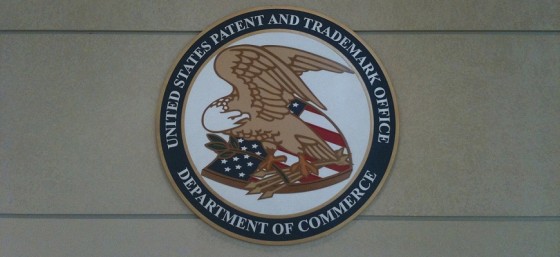
This week, Zach Kornfeld of The Try Guys announced that he is starting a new tea company in two months or less, without leaving his apartment, and spending less than $500. The goal is to create and sell two original blends: “one for energy and one for chillin’ out.”
Constraints are Good for Creativity
It’s intriguing to watch someone create a new company is real time, particularly in this situation where Zach has a limited budget and is sheltering in place. These limitations are not necessarily bad things. On the contrary, entrepreneur and keynote speaker Jay Acunzo regularly talks about how “Constraints are a strength.” They increase the need for thoughtfulness and creativity. Also, check out his fantastic book Break the Wheel. It has an entire chapter dedicated to constraints and decision-making.
Zach started by consulting Jason D’Mello at the Fred Kiesner Center for Entrepreneurship for business advice, who advised him to create a DBA (doing business as) as the start of his company. (I recommend that every entrepreneur create a separate business entity – LLC or corporation – for their company, but in California, that comes with a hefty annual fee that would break Zach’s budget, so I get why he’s starting with a DBA.)
Before filing DBA, Zach needed a name for this new company. Zach’s first idea was to name his tea company Turtle Tea because it doesn’t matter how you start or how many times you fail. What matters is that you keep trying – slow and steady.
What Zach Did Right – Legally Speaking
Trademark laws apply to branding in the U.S. – company names, product names, logos, slogans, etc. There are many legal issues that can crop up when selecting a brand. Before Zach ran with Turtle Tea as his brand, he did a lot of things right.
He Checked the USPTO Trademark Database
Zack used the Trademark Electronic Application System (TEAS) on the U.S. Patent and Trademark Office (USPTO) website, to try to register Turtle Tea as a trademark. He didn’t just submit an application but checked the USPTO’s trademark database first to see if anyone else had already registered that name.
Unfortunately, someone else already owns a trademark for Turtle Herbal Tea. If he tried to register Turtle Tea with the USPTO, he would have been throwing money away. If Zach used Turtle Tea as a trademark anyway, he would have set himself up to get a cease and desist letter (or worse) from this trademark owner and would have had to rebrand his company.
He Checked Alternative Spellings for Potential DBAs
Now that Turtle Tea was off the table, Zach started running trademark searches for other potential names. One thing he did was check alternative spellings. A primary rule in trademark is you’re not allowed to have a trademark that is confusing similar to someone else’s such that consumers will be confused about whose product they’re buying. You can’t register a trademark if it sounds confusingly similar to someone else’s – different spelling but sounds the same.
When Zach looked up “Zach,” he also had to check “Zack.” Likewise, when he looked up “Zach’s” he had to look up “Zax.” When I research my client’s trademarks, I try to look up alternative spellings to make sure a sound-alike trademark hasn’t already been registered.
He Checked Related Products for Similar Trademarks
When someone has a registered trademark, they have the right to use their name on their goods/services as well as on the ones they would logically expand into. For example, if someone sold milk, a product they’d like expand into is cheese or ice cream.
Likewise, Zach needed to consider not just tea companies that had registered similar marks to what he wanted, but also other beverages. One of the names he was considering had to be rejected because it was already registered by a coffee brand.
By the end of this video, Zach didn’t have a name for his company despite his many searches. This frequently happens. (Zach’s fans are suggesting names for his company via social media. The best one I’ve seen so far is Korndidtea – a take on his Twitter handle, @korndiddy.) Many clients send me dozens of trademarks to search against the USPTO database for them before deciding on a name. You don’t want to waste time and energy on a brand that have already been claimed as a trademark by someone else.
I love that Zach’s experience shows that Joe Average people can use the USPTO trademark database to do their own preliminary searches when considering a name for company or product. I don’t recommend filing a trademark without consulting a lawyer, but you can definitely your basic research yourself.

